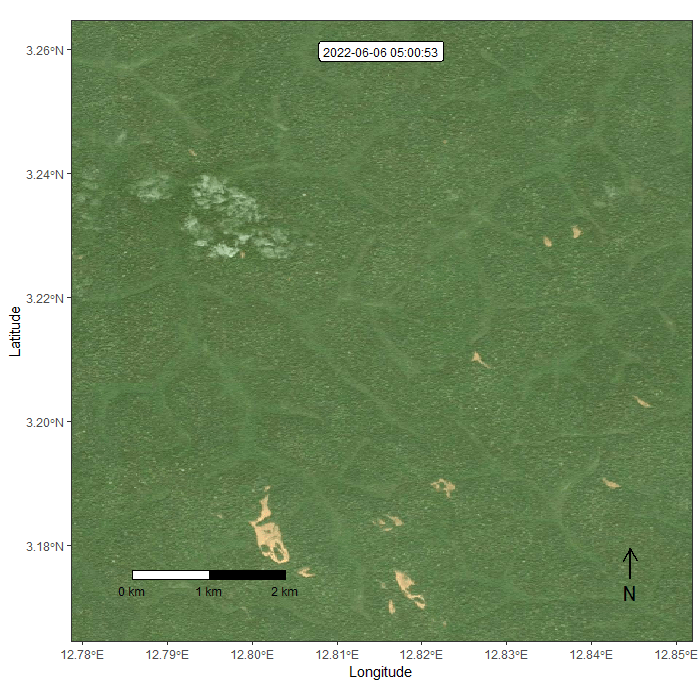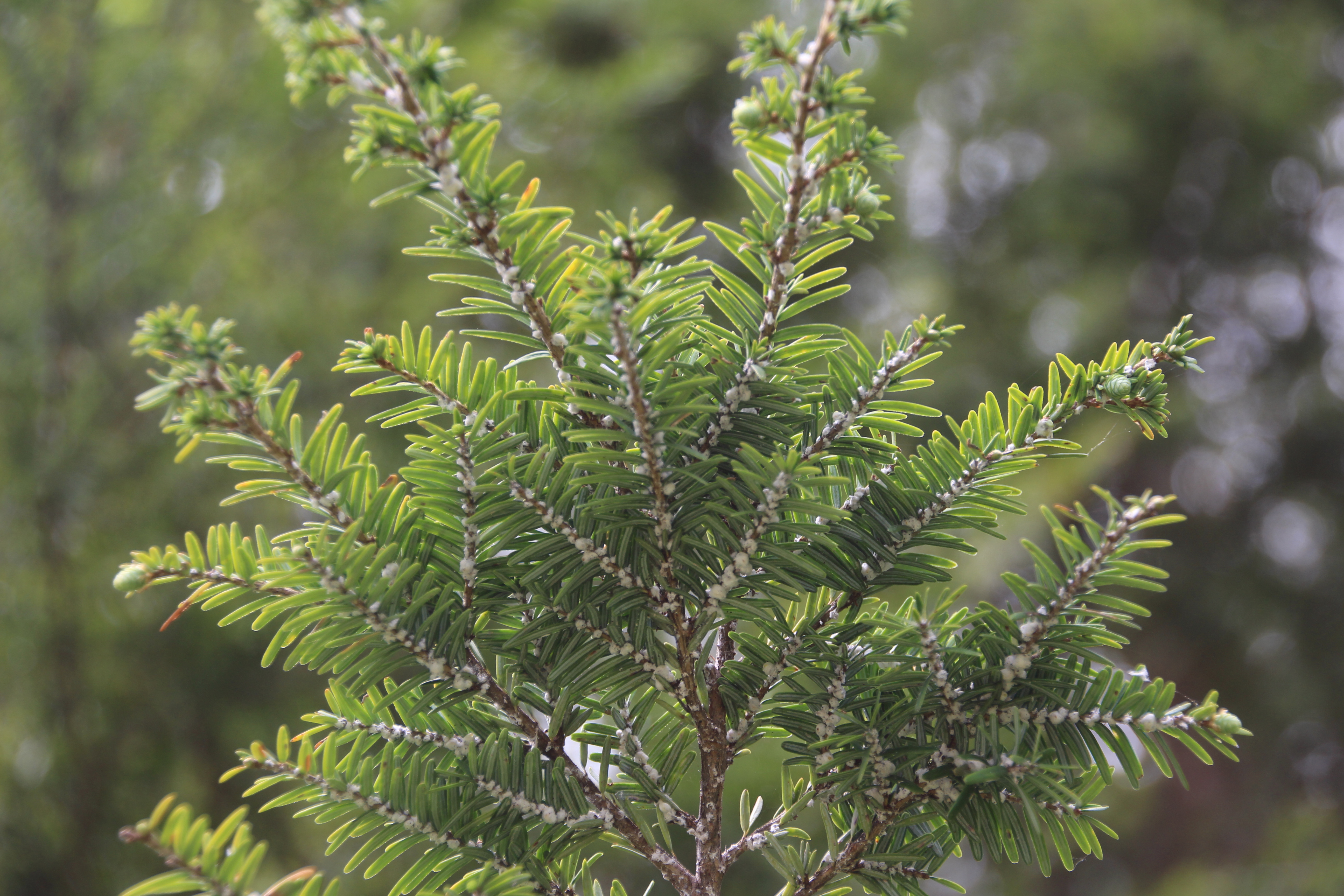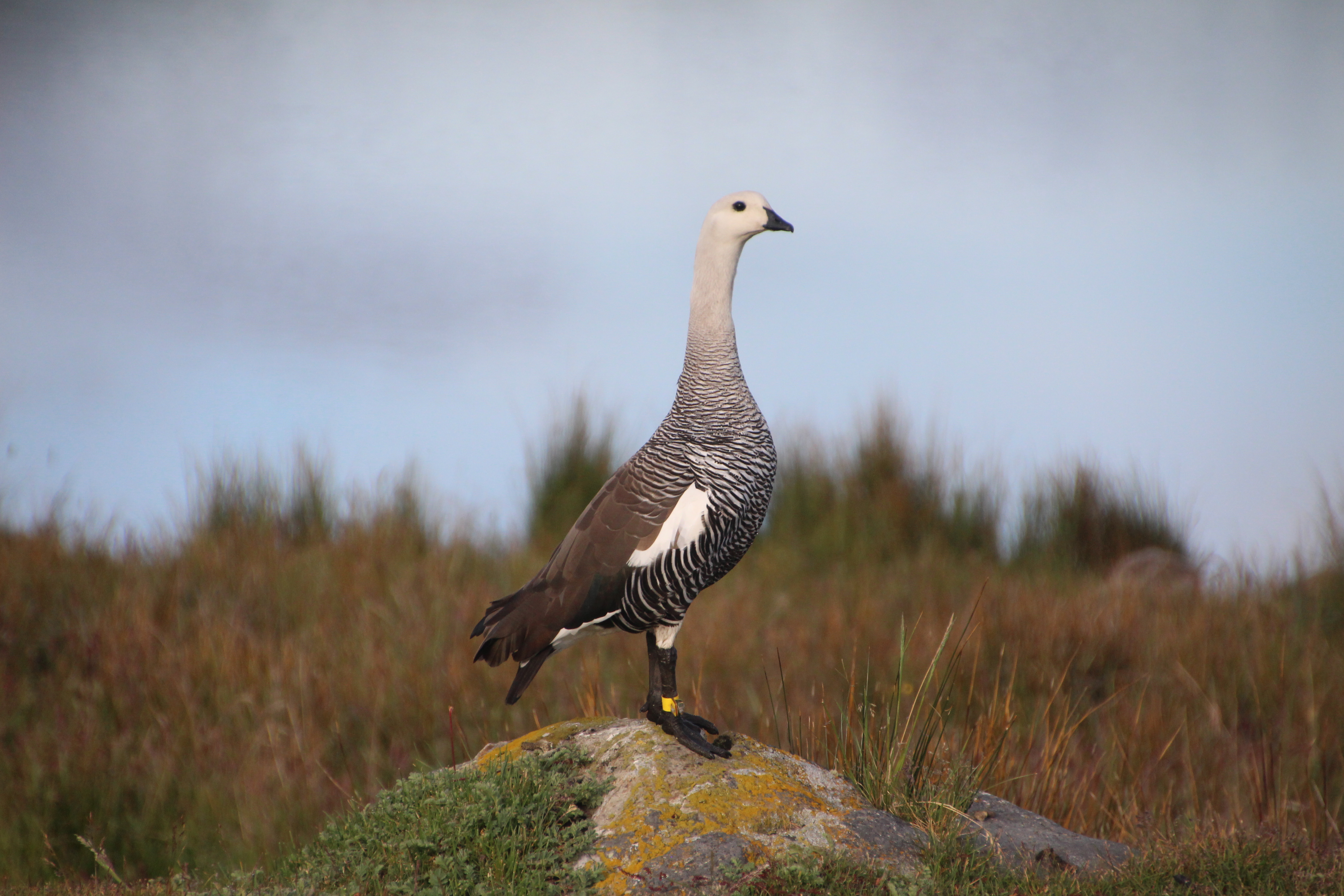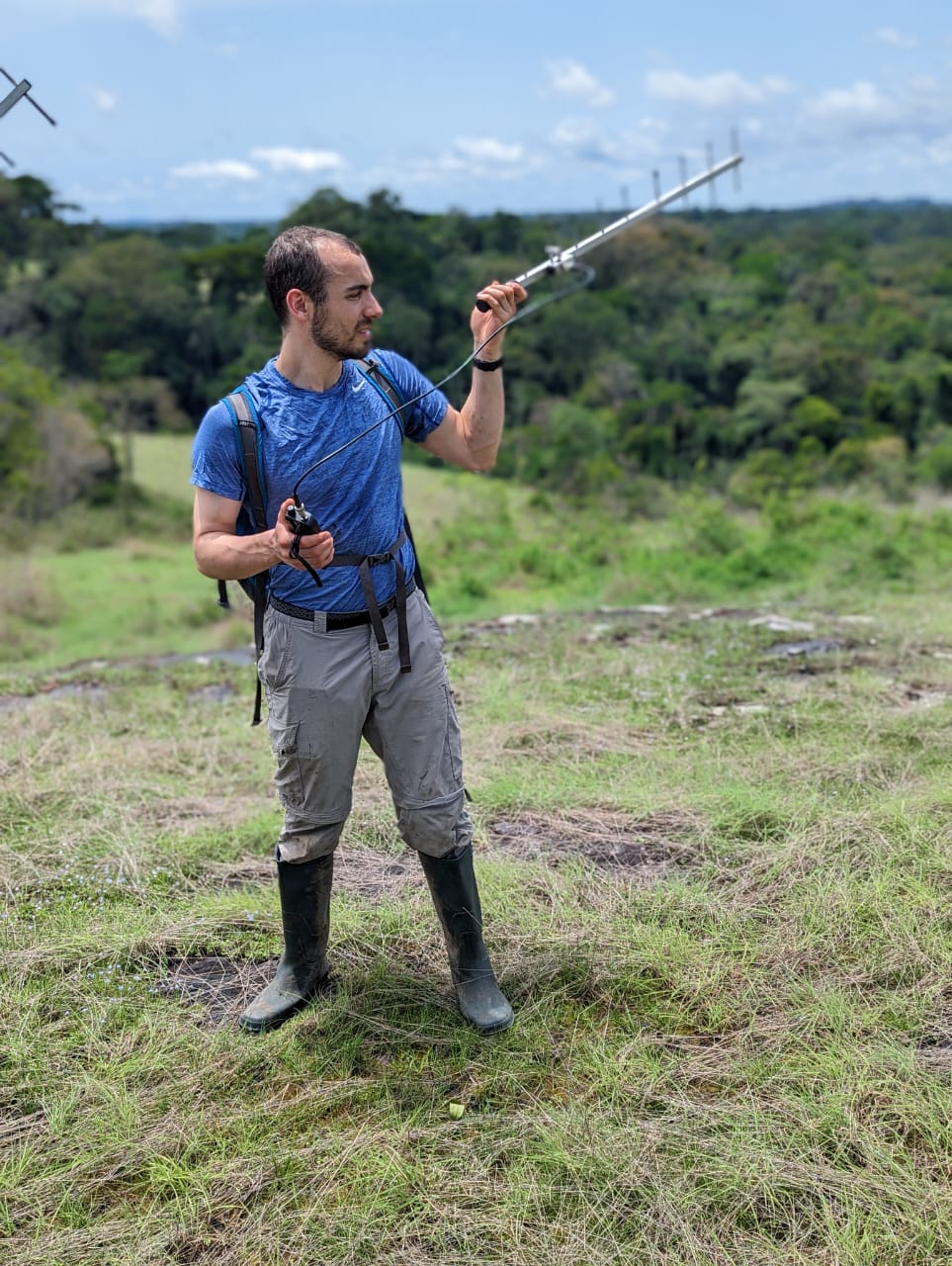Research
Movement Ecology of Hornbills and Seed Dispersal in the Congo Basin
 Black-casqued (Ceratogymna atrata) and white-thighed hornbill (Bycanistes albotibialis) disperse the seeds of more than 50 rainforest tree species and may travel hundreds of kilometers during the food-lean dry season. I want to know how they track fruit resources during these long-distance movements. To this end, I am exploring remote sensing data from satellite and drone–especially LiDAR–as predictors of their movement decisions and seed dispersal patterns.
Black-casqued (Ceratogymna atrata) and white-thighed hornbill (Bycanistes albotibialis) disperse the seeds of more than 50 rainforest tree species and may travel hundreds of kilometers during the food-lean dry season. I want to know how they track fruit resources during these long-distance movements. To this end, I am exploring remote sensing data from satellite and drone–especially LiDAR–as predictors of their movement decisions and seed dispersal patterns.
Spring Bird Migration as a Mechanism for Hemlock Woolly Adelgid Dispersal
 Hemlock woolly adelgid (Adelges tsugae) is an invasive insect that destroys forests of eastern and Carolina hemlock (Tsuga canadensis and T. caroliniana, respectively), and I’m interested in how birds contribute to its expansion. My first project focused on adelgid transfer between infested branches and birds, and in 2016 and 2017 I mist-netted birds in hemlock forests and collected adelgids from their feathers from migration through the breeding season. Another experiment investigated the ability of adelgids to settle on hemlock foliage post-dispersal.
Hemlock woolly adelgid (Adelges tsugae) is an invasive insect that destroys forests of eastern and Carolina hemlock (Tsuga canadensis and T. caroliniana, respectively), and I’m interested in how birds contribute to its expansion. My first project focused on adelgid transfer between infested branches and birds, and in 2016 and 2017 I mist-netted birds in hemlock forests and collected adelgids from their feathers from migration through the breeding season. Another experiment investigated the ability of adelgids to settle on hemlock foliage post-dispersal.
Bird-bryophyte Interactions in Sub-Antarctic Chile
 This project addressed how birds disperse bryophytes in the Sub-Antarctic Magellanic Ecoregion. Moss fragments have been found in the feces of White-bellied Seedsnipes (Attagis malouinus) and Upland Geese (Chloephaga picta) in this region, and as part of the Sub-Antarctic Biocultural Conservation Program, I assessed the importance of bryophytes in the diets of geese and seedsnipes through visual inspection and by barcoding target bryophyte gene loci in DNA from goose feces. As a bonus, I recovered live tardigrades from the feces of white-bellied seedsnipe.
This project addressed how birds disperse bryophytes in the Sub-Antarctic Magellanic Ecoregion. Moss fragments have been found in the feces of White-bellied Seedsnipes (Attagis malouinus) and Upland Geese (Chloephaga picta) in this region, and as part of the Sub-Antarctic Biocultural Conservation Program, I assessed the importance of bryophytes in the diets of geese and seedsnipes through visual inspection and by barcoding target bryophyte gene loci in DNA from goose feces. As a bonus, I recovered live tardigrades from the feces of white-bellied seedsnipe.
